| MOTION PICTURE SYMPOSIUM | ||
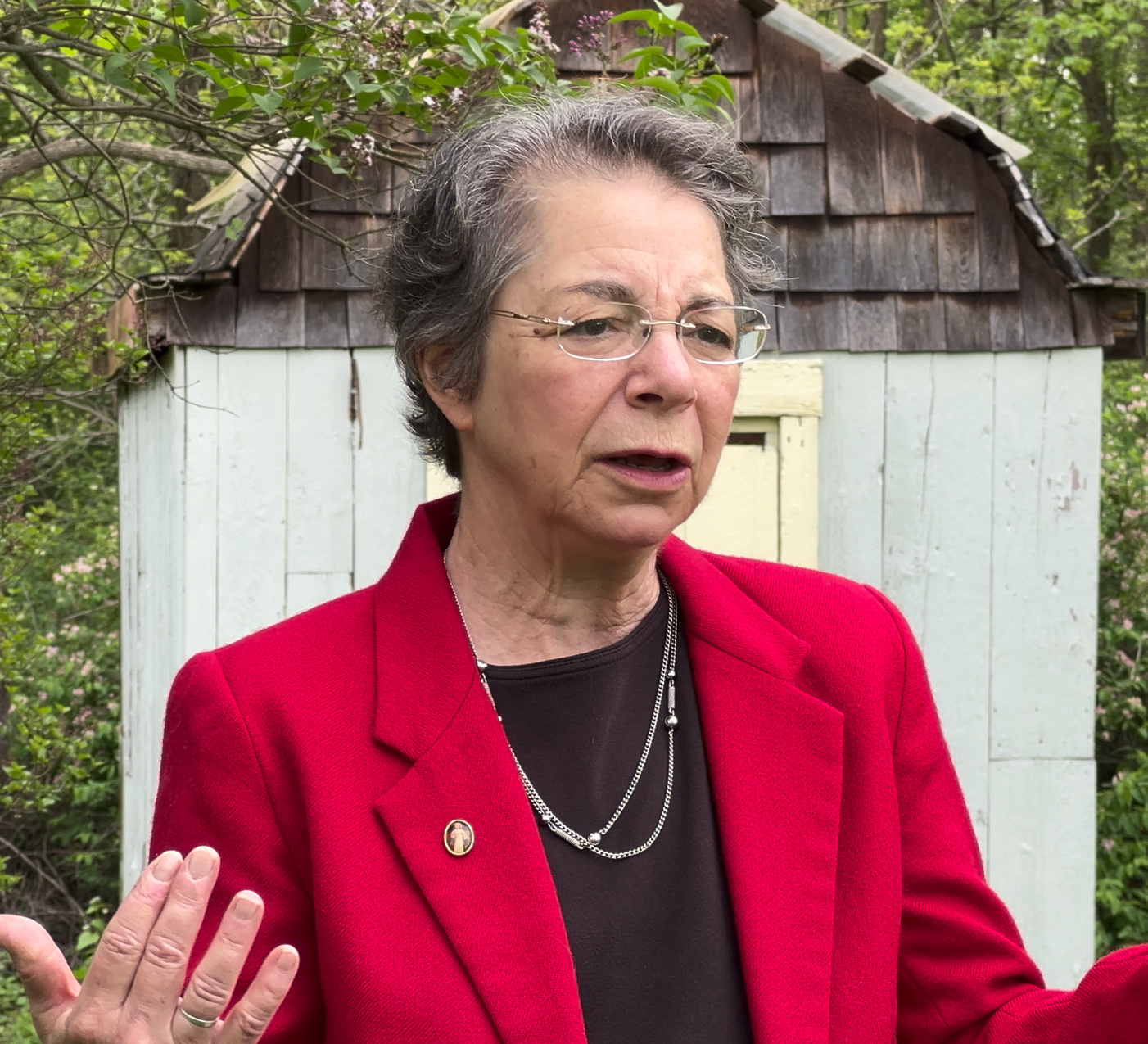 |
OCCASSIONAL SCREENINGS & DISCUSSIONS with Monica Miller & Stan Williams Below for dates, times, movie, location. RSVP: Stan@StanWilliams.com or call: 248-344-4423 |
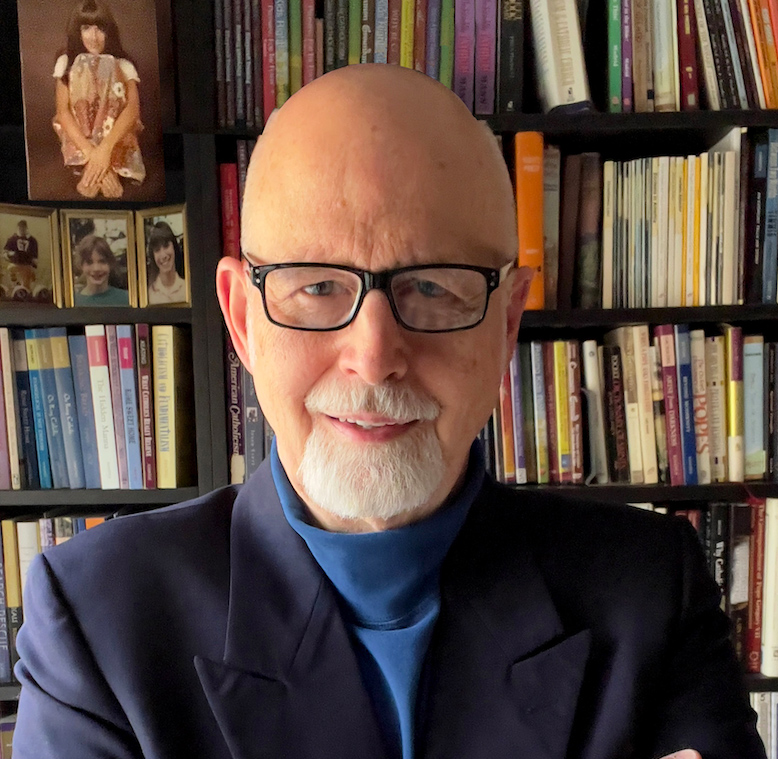
|
| Monica Migliorino Miller holds a Ph. D in Theology, has taught theology at the college level for 40 years, and also has a bachelor's degree in Theatre. She has a great interest in films and wrote the book length commentary on the Gibson film The Theology of the Passion of the Christ. She is also the director of Citizens for a Pro-Life Society | Stanley D. Williams holds a Ph.D. in narrative theory, is a screenplay and story consultant, author, and workshop leader. He is an author and publisher of Catholic apologetic books and producer of documentaries. His undergraduate degree in Physics led to training astronauts for NASA. He spent years as a creative director and producer for corporate training. |
BACK TO SWCFILMS
|
Date: Saturday, June 7, 2025 Location: Stan's house: 43635 Cottisford St. Northville, MI 46167 (Park in two driveways) 7:30 PM Intro to Movie (brief comments by SW and MM) 7:45 PM to 9:06 PM Screening BREAK 9:15 PM DISCUSSION with notes from MM & Stan 10:30 PM Symposium ends. |
|
MOVIE NOTES:
We will be watching the Criterion Collection (24 fps) Special Edition DVD. French with English subtitles. Three scores: Richard Einhorn's Voices of Light; Goldfrapp's Will Gregory and Portishead's Adrian Utley; and by composer and pianist Mie Yanashita.
FROM DVD NOTES:
Spiritual rapture and institutional hypocrisy come to stark, vivd life in one of the most ranscendent master pieces of the silent film era. Chronicling the trial of Joan of Arc in the hours leading up to her execution, Danish master Carl Theodor Dreyer depics her torment with startling immediacy, employing an array of techniques new in its times - expressionistic lighting, interconnected sets, painfully intimate closeups - to immerse views in St. Joan's subjective experience. Anchoring Dreyer's audacious formal experimentation is a legendary performanceyt Renee Falconetti, whose haunted face channels both the agony and the ecastasy of martyrdom. FROM WIKIPEDIA:
It is widely regarded as a landmark of cinema, especially for its production, Dreyer's direction and Falconetti's performance, which is often listed as one of the finest in cinema history. The film summarizes the time that Joan of Arc was a captive of England, depicting her trial and execution. Danish director Dreyer was invited to make a film in France by the Societe Generale des Films and chose to make a film about Joan of Arc due to her renewed popularity in France. Dreyer spent over a year researching Joan of Arc and the transcripts of her trial before writing the script. Dreyer cast stage actress Falconetti as Joan in her only major film role. Falconetti's performance and devotion to the role during filming have become legendary among film scholars. The film was shot on one huge concrete set modeled on medieval architecture in order to realistically portray the Rouen prison. The film is known for its cinematography and use of close-ups. Dreyer did not allow the actors to wear make-up and used lighting designs that made the actors look more grotesque. Prior to its release, the film was controversial due to French nationalists' skepticism about whether a Dane could direct a film about one of France's most revered historical icons. Dreyer's final version of the film was cut down due to pressure from the Archbishop of Paris and government censors. For several decades, it was released and viewed in various re-edited versions that attempted to restore Dreyer's final cut. In 1981, a print of Dreyer's final cut was discovered in Dikemark Hospital, a mental institution just outside Oslo, Norway, and re-released. Despite the objections and cutting of the film by clerical and government authorities, it was a major critical success when first released and has consistently been considered one of the greatest films ever made. It has been praised and referenced by many film directors and musicians. The film was voted number 4 on the prestigious Brussels 12 list at the 1958 World Expo. As a work published in 1928, the film entered the public domain in the United States in 2024.
PLOT (WIKIiPEDIA)
After having led the French in numerous battles against the English during the Hundred Years' War, Joan of Arc is captured near Compiegne and eventually brought to Rouen to stand trial for heresy by French clergymen loyal to the English. On 30 May 1431, Joan is interrogated by the French clerical court. Her judges, who are on the side of the Burgundian-English coalition and against the King of France, try to make her say something that will discredit her claim or shake her belief that she has been given a mission by God to drive the English from France, but she remains steadfast. One or two of them, believing that she is indeed a saint, support her. The authorities then resort to deception. A priest reads a false letter in the prison to the illiterate Joan, supposedly from King Charles VII of France, telling her to trust in the bearer. When that too fails, Joan is taken to view the torture chamber, but the sight, though it causes her to faint, does not intimidate her. When she is threatened with burning at the stake, Joan finally breaks and allows a priest to guide her hand in signing a confession. However, the judge then condemns her to life imprisonment. After the jailer shaves her head, she realises that she has been unfaithful to God. She demands that the judges return and she recants her confession. As more and more around her begin to recognise her true faith and calling, she is permitted a final communion mass. She is then dressed in sackcloth and taken to the place of execution. She helps the executioner tie her bonds. The crowds gather and the fire is lit. As the flames rise, the women weep and a man cries out, "vous avez brule une sainte" ("you have burned a saint"). The troops prepare for a riot. As the flames consume Joan, the troops and crowd clash and people are killed. A subtitle states that the flames protect her soul as it rises to Heaven. |
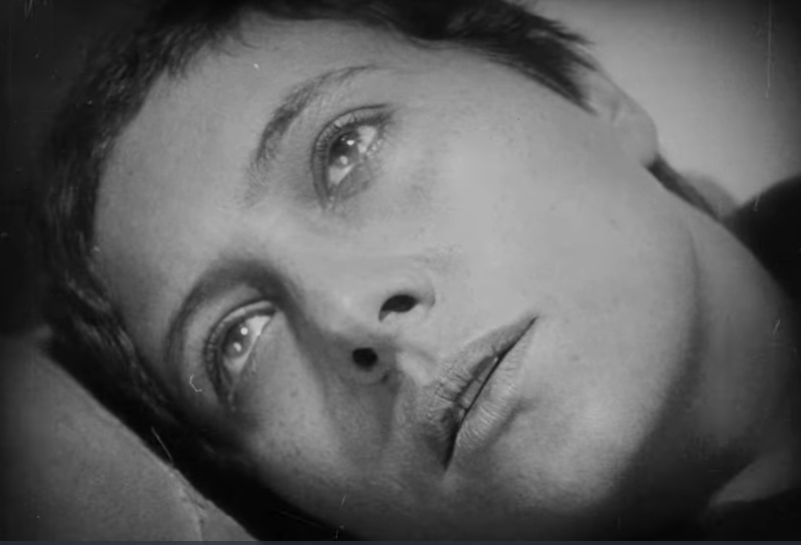
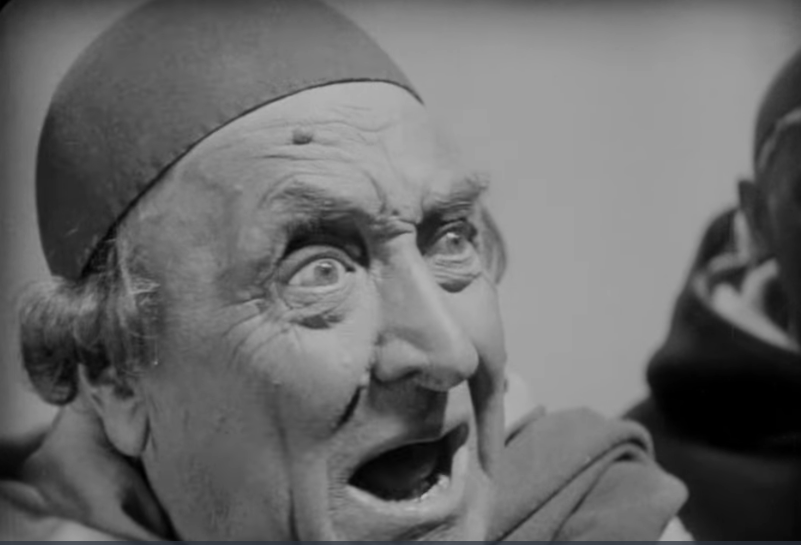

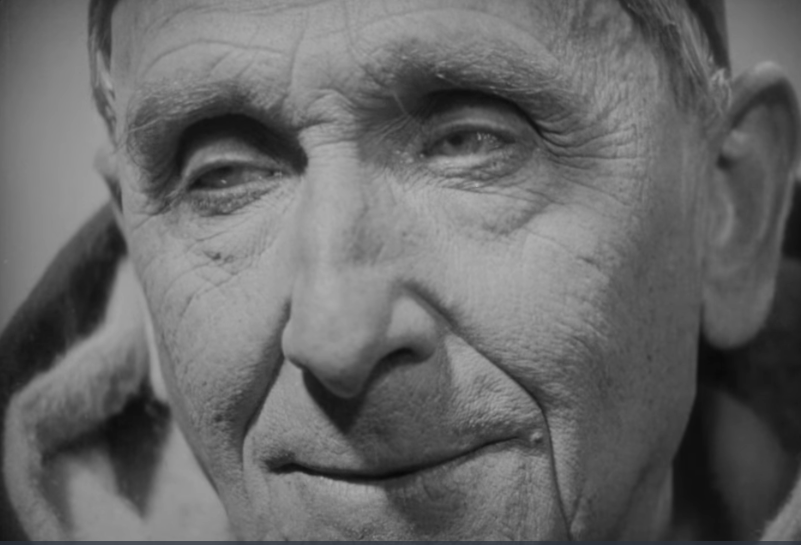
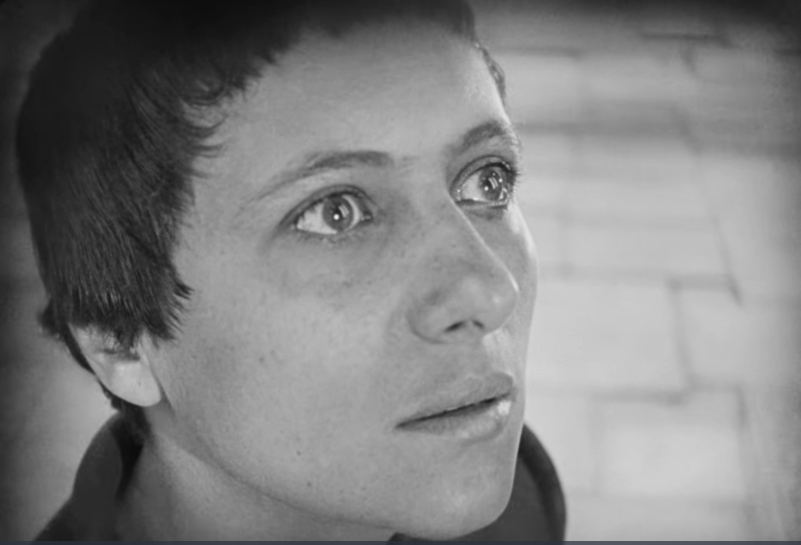
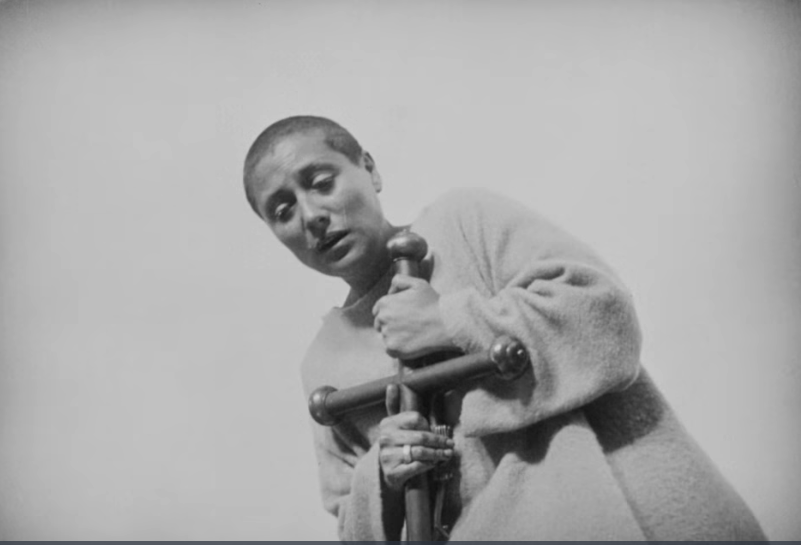
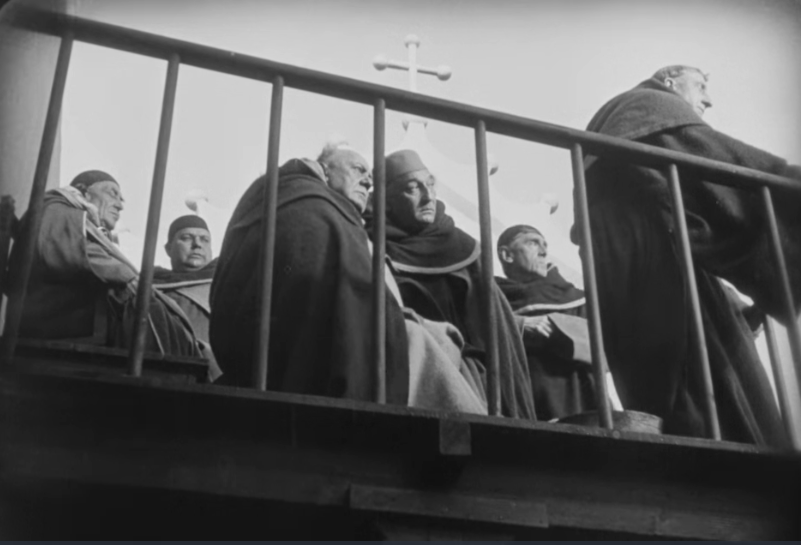
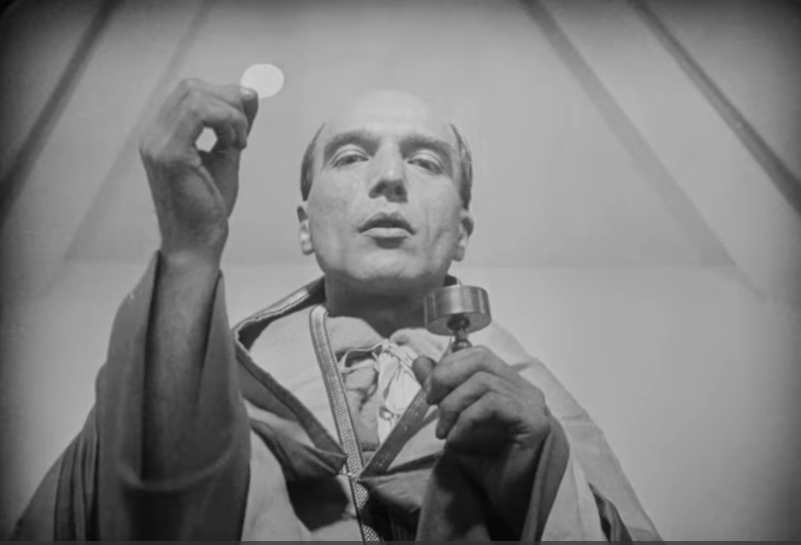
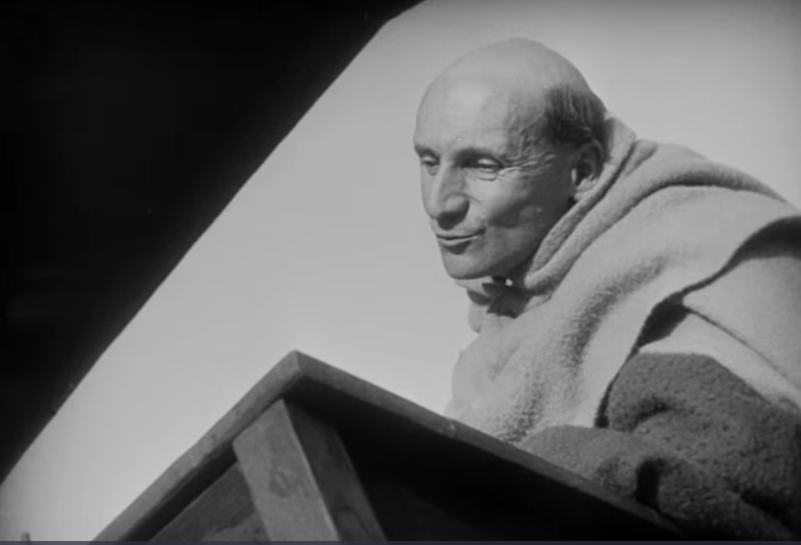





|
Copyright (C) 2025, Stan Williams. All Rights Reserved.
|